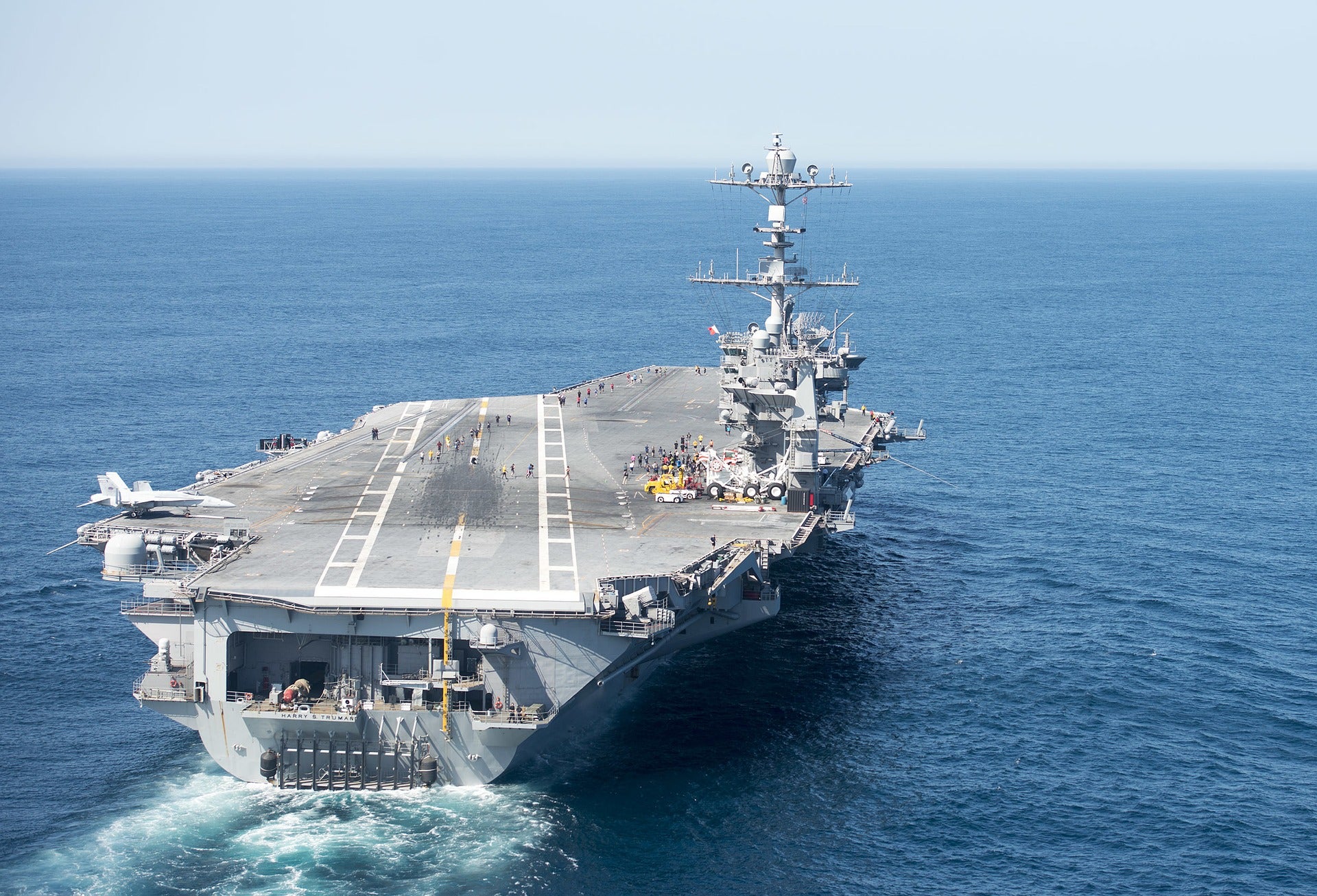Centre grad among first inductees to Oceanography Hall of Fame
Published 8:01 pm Thursday, January 31, 2019

- Public domain
A former Danville resident and Centre College graduate was one of three inductees in the first class of the Naval Oceanography Hall of Fame.
Dr. Donald Durham served as Naval Meteorology and Oceanography Command’s technical/deputy director from 1989 to 2002, along with being the senior civilian executive and the top scientific advisor.
Durham oversaw the transition of the first high-resolution global ocean prediction system into operations. He drove innovative and cost effective engagements with industry, including cooperative research to search for Amelia Earhart’s lost Lockheed Electra.
“When I first started my career in Naval Oceanography, we had meteorology teams around the world that had less computer capabilities than I have on my phone today,” Durham said.

Durham
Durham was born in McKinney in Lincoln County and was raised in Danville. He received a bachelor’s degree in physics and mathematics from Centre College, a master’s degree in oceanography and a doctorate in physical oceanography from Texas A&M University. He and his wife Nancy live in Monroe, Louisiana.
The other inductees were Rear Adm. (ret.) James Koehr, who commanded then-named Naval Oceanography Command from 1984 to 1991; and Vice Adm. (ret.) Paul Gaffney II who was commander, NMOC from 1994 to 1997.
“We establish the Naval Meteorology and Oceanography Hall of Fame to preserve history, honor excellence and connect generations,” said Rear Adm. John Okon, commander for Naval Meteorology and Oceanography Command. “When it came to selecting the first class, we had over 30 years to cull over, and we knew this class would be like none other. They are the stalwarts of the community and the Navy.”
The ceremony took place on Jan. 25 and also included the unveiling of and ribbon-cutting on the newest Department of Defense Supercomputing Resource Center’s supercomputers that were installed in 2018 and named after Koehr, Durham and Gaffney. These latest installations will now provide users with almost seven petaflops of computing capability and are among some of the fastest supercomputers in the world.
Naval Oceanography has approximately 2,500 globally distributed military and civilian personnel, who collect, process and exploit environmental information to assist Fleet and Joint Commanders in all warfare areas to guarantee the U.S. Navy’s freedom of action in the physical battlespace from the depths to the stars.






